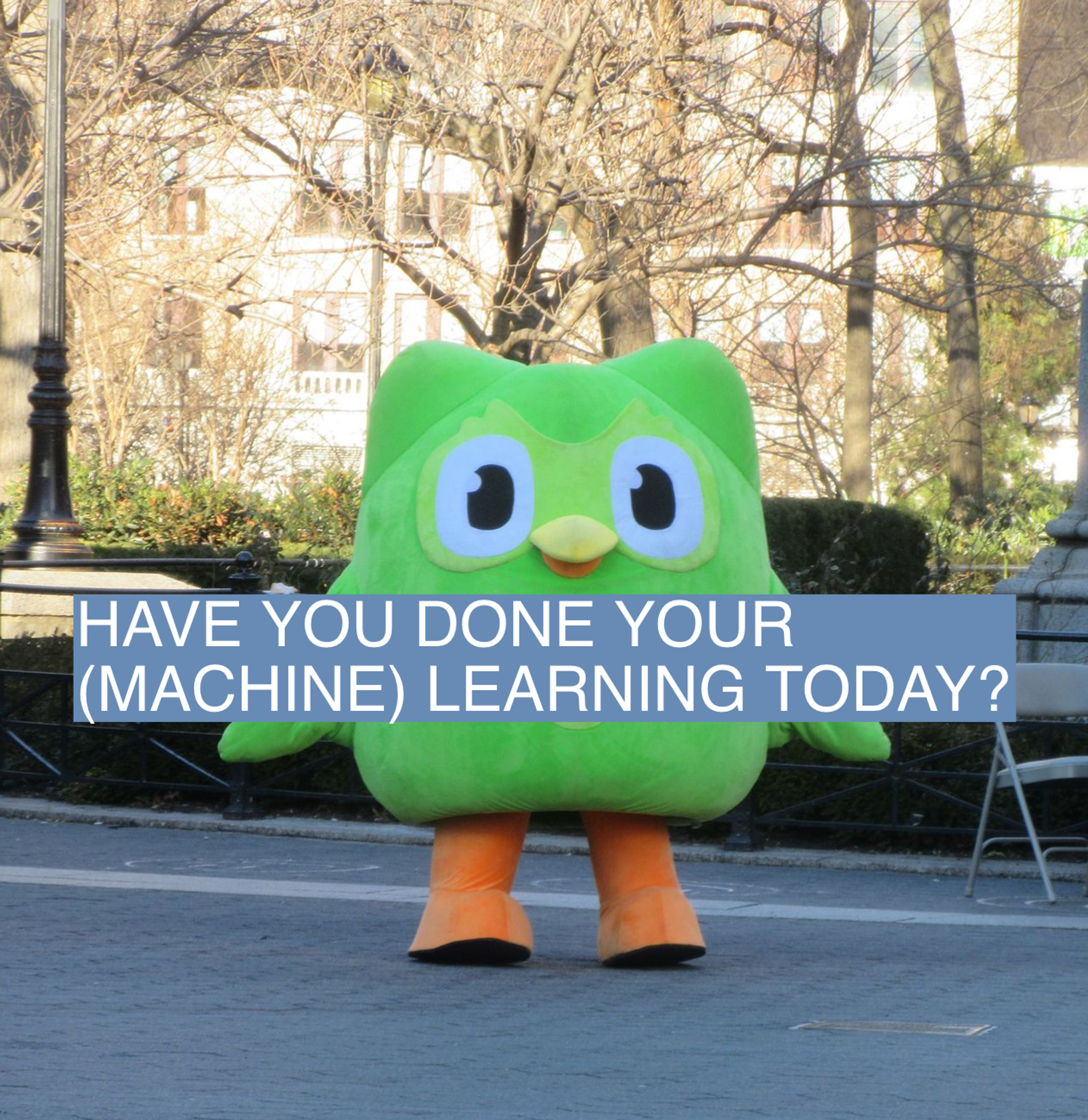The News
Duolingo, the popular language-learning app known for its green owl mascot, is cutting about 10% of its contractor workforce as it replaces some human labor with artificial intelligence.
“We just no longer need as many people to do the type of work some of these contractors were doing,” a spokesperson told Bloomberg. The company confirmed the cuts to Semafor, saying that humans will still review AI outputs for accuracy, and that it would be an “oversimplification” to say that AI is the sole reason for the reduction in jobs.
SIGNALS
Duolingo is no stranger to AI
Duolingo has been experimenting with AI for years. It began using a model developed by ChatGPT maker OpenAI in 2020 to generate reading comprehension questions. Last year, it launched more features with OpenAI’s upgraded tech. “For now, at least, it’s not going to be zero humans,” the company’s founder, Luis von Ahn, told The New Yorker last year. But he said he believed computers could eventually become better teachers than humans, who he argued are “just hard to deal with. You need a lot of human tutors, and they’re kind of hard to use, and we can’t get them for free. And I really want people to be able to learn for free.”
Cuts continue debate about AI impact on jobs
Since the generative AI boom began in late 2022, labor leaders have worried about negative impacts the technology could have on jobs. Microsoft recently announced a partnership with the union AFL-CIO focused on the ways AI will change workforces. The tech giant’s president has acknowledged that AI could displace jobs and eliminate tasks considered “drudgery.” So far, freelancers and contractors like those let go at Duolingo have been most at risk of seeing their jobs fully eliminated, while blue collar and retail workers — like Walmart store associates — are more likely to see AI integrated into their existing roles.
Duolingo sparks debate over whether AI can replace human teachers
Translation tech has vastly improved in recent years, but some Duolingo users argue that AI can’t fully replace human knowledge when it comes to language training, especially for dialects with distinct nuances. A slate of new language-learning apps are using open source code to build AI tools, and amateurs around the world have experimented with them to improve their skills, the BBC reported. But those chatbots still make errors, and the quality typically degrades for less common and non-European languages. There are also other drawbacks: One professor in the Czech Republic told the broadcaster that an AI chatbot teaching her students English sometimes asked for sexy pictures. And U.S. immigration officials’ use of AI translation to process asylum claims has also sparked concerns over mistranslations.
— Caroline Anders and Helen Li contributed to this report.

